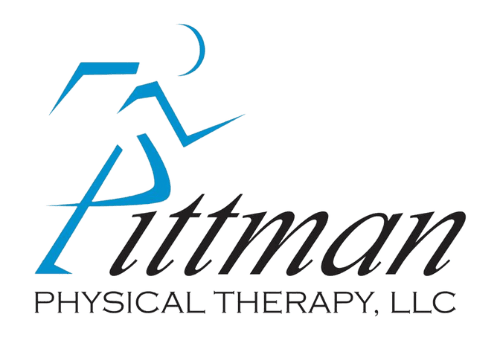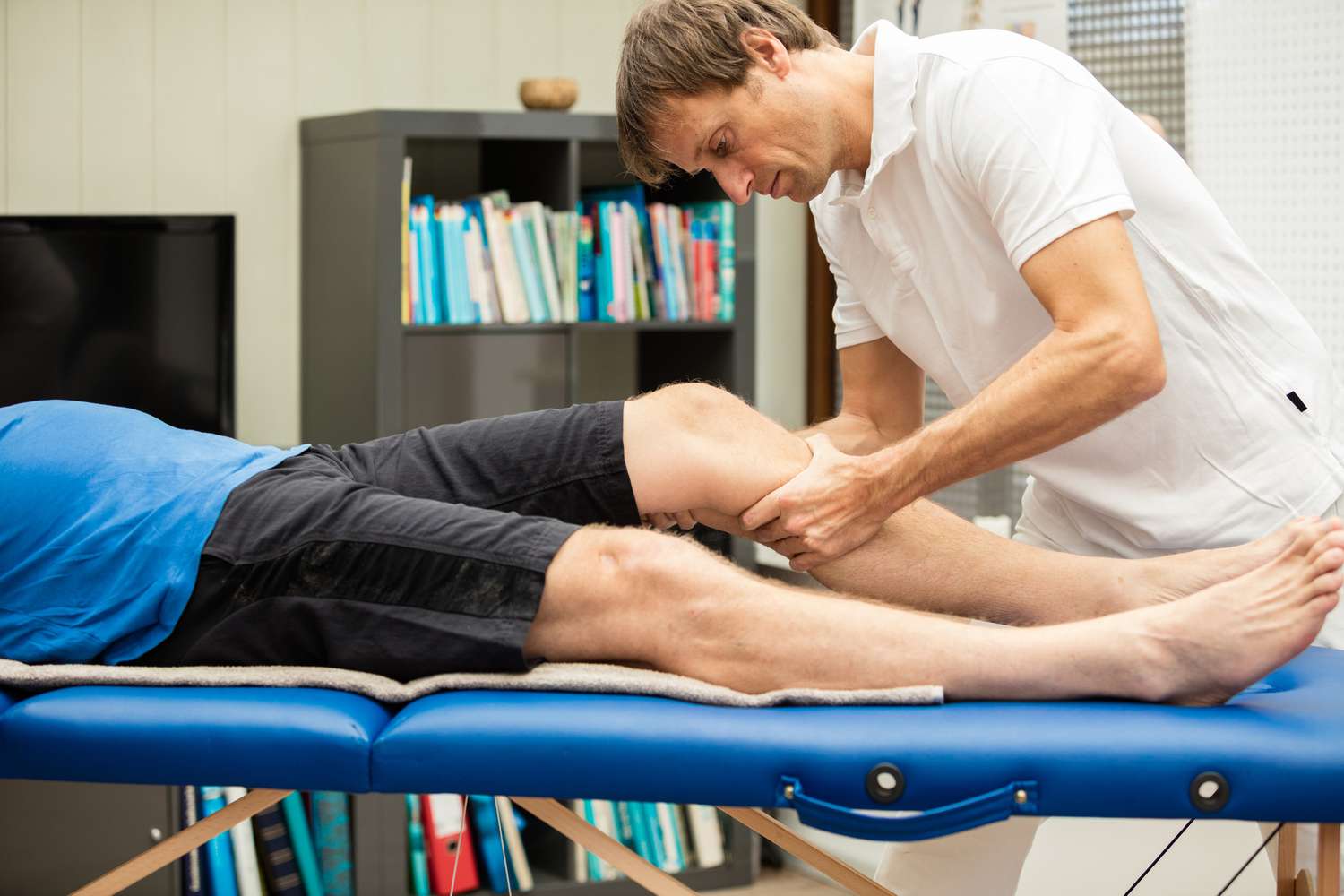Sports Rehabilitation for Knee Injuries
The knee joint is one of the most vulnerable areas in sports, with injuries like ACL tears, meniscus damage, and patellar tendonitis being common. Proper rehabilitation not only aids in recovery but also helps prevent future injuries.
1. Strengthening Exercises for Knee Stability
Building strength in the muscles around the knee, such as the quadriceps, hamstrings, and calves, is crucial for restoring stability. Targeted exercises like leg presses, step-ups, and hamstring curls help support the knee joint and reduce the risk of re-injury.
2. Range of Motion and Flexibility Exercises
Regaining range of motion is an essential part of knee rehab, especially after surgery or immobilization. Techniques like knee flexion stretches, heel slides, and hamstring stretches help restore flexibility and mobility to the joint.
3. Balance and Proprioception Training
Incorporating balance exercises is essential for knee rehabilitation, as it helps improve proprioception (the body’s awareness of movement and position). Techniques like single-leg balances, bosu ball exercises, and wobble board training help athletes regain control and stability during dynamic movements.
Sports Rehabilitation for Shoulder Injuries
The shoulder is another commonly injured area in sports, particularly in overhead athletes like baseball players, swimmers, and tennis players. Injuries such as rotator cuff tears, dislocations, and impingements require a specific set of rehab techniques to regain full function.
1. Rotator Cuff Strengthening
Strengthening the rotator cuff muscles is critical for athletes recovering from shoulder injuries. Exercises like external rotations with resistance bands, wall slides, and scapular retractions help rebuild strength and improve shoulder stability.
2. Scapular Stabilization
The scapula (shoulder blade) plays a crucial role in shoulder function and injury prevention. Rehab programs often include scapular stabilization exercises like scapular push-ups and serratus punches to improve shoulder mechanics and reduce the risk of reinjury.
3. Functional Shoulder Mobility Training
Restoring functional mobility is essential for athletes who need their shoulders for overhead movements. Exercises that mimic sports-specific actions, such as overhead presses, diagonal lifts, and throwing simulations, help athletes regain full range of motion and prepare them for return to play.
Sports Rehabilitation for Ankle Injuries
Ankle injuries like sprains, fractures, and Achilles tendonitis are among the most frequent injuries in sports that involve running, jumping, and quick lateral movements. Effective rehab helps athletes recover mobility and strength, while also preventing chronic issues like ankle instability.
1. Strengthening the Ankle and Lower Leg
Strengthening the muscles around the ankle and lower leg is critical to restoring stability after injury. Exercises like calf raises, ankle circles, and resistance band dorsiflexion help improve strength and prevent further injury.
2. Ankle Balance and Proprioception Training
Balance and proprioception exercises are key to ankle rehab, helping athletes regain control over their ankle movements. Techniques such as single-leg balances, BOSU ball exercises, and heel-to-toe walks improve the body’s awareness of the ankle joint during dynamic activities.
3. Range of Motion and Flexibility
Maintaining and improving the ankle’s range of motion is essential to avoid stiffness after an injury. Rehab exercises such as towel stretches, ankle alphabets, and ankle pumps help restore flexibility and motion in the ankle joint.
Importance of Sports-Specific Rehabilitation Techniques
Sports-specific rehabilitation involves exercises and techniques designed to mimic the movements and demands of an athlete’s sport. Whether it’s returning to running, throwing, or pivoting, the goal is to ensure that athletes are not only pain-free but also able to perform at their pre-injury levels.
At Pittman Physical Therapy, we tailor our sports rehabilitation programs to each athlete’s specific sport, ensuring they are fully prepared to return to competition.
How Pittman Physical Therapy Helps Athletes Recover Faster
At Pittman Physical Therapy, we understand that every athlete and injury is unique. Our approach to sports rehabilitation is personalized, data-driven, and focused on achieving optimal recovery. Here’s why athletes in Collierville, Germantown, and Hernando trust us with their recovery:
1. Personalized Rehab Programs
Each athlete receives a customized rehabilitation plan based on their specific injury, sport, and recovery goals. Our therapists work with you to ensure a full recovery while minimizing the risk of re-injury.
2. Cutting-Edge Technology
We incorporate advanced rehab technologies like Proteus Motion, which offers 3D resistance training to improve strength, stability, and flexibility more effectively.
3. Expert Guidance
Our team of experienced physical therapists is skilled in sports rehabilitation, providing expert care for knee, shoulder, and ankle injuries. We offer the latest in manual therapy, strength training, and functional rehabilitation to help you recover faster and stronger.
Conclusion
Whether you’ve suffered a knee, shoulder, or ankle injury, the right rehabilitation techniques can make all the difference in your recovery. At Pittman Physical Therapy, we specialize in creating personalized rehab programs that focus on strength, flexibility, and functionality. Our goal is to help athletes recover faster and return to their sport safely. Schedule an appointment at one of our clinics in Collierville, Germantown, or Hernando to start your rehabilitation journey today.
FAQs
1. How long does sports rehabilitation typically take?
The length of rehab varies depending on the severity of the injury, but most programs last anywhere from a few weeks to several months.
2. Can sports rehabilitation prevent future injuries?
Yes, effective sports rehab strengthens the injured area and improves overall stability, reducing the risk of re-injury.
3. When can I return to my sport after an injury?
Return-to-sport timing depends on your progress, but your physical therapist will work with you to ensure you’re fully prepared before resuming activities.
4. What is the role of proprioception in sports rehab?
Proprioception exercises improve your body’s ability to sense movement and position, which is crucial for avoiding future injuries and maintaining stability during sports.
5. Do I need a referral for sports rehabilitation at Pittman PT?
You may not need a referral, but it’s best to check with your insurance provider or contact us directly to confirm.



